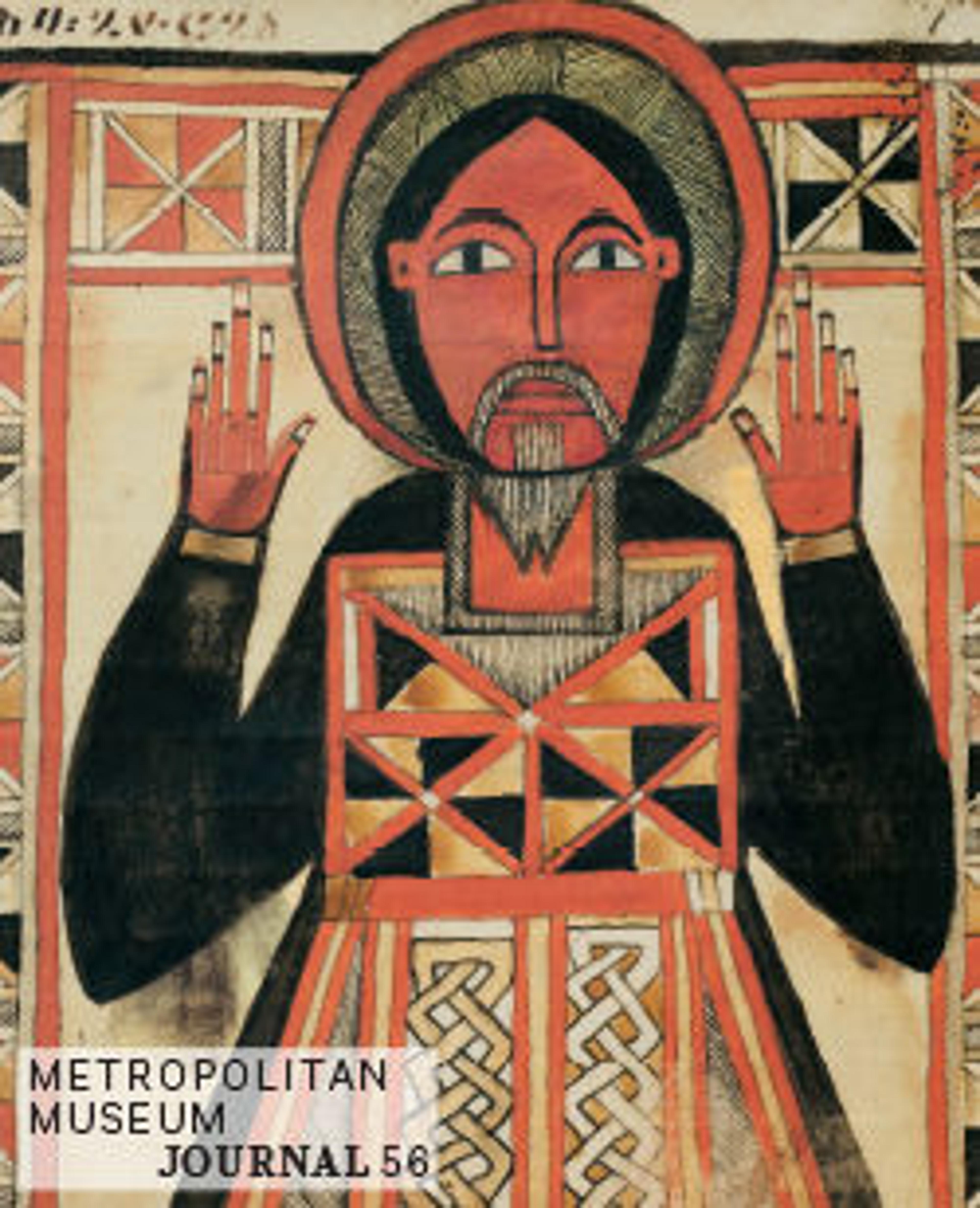Model Calligraphies from the “Hall of Three Rarities” (Sanxitang) and the "Collected Treasures of the Stony Moat” (Shiqu Baoji)
The Hall of Three Rarities, an anthology of rubbings, is one of the monuments of cultural patronage sponsored by the Qianlong Emperor. Based on calligraphic masterworks in the imperial collection, this encyclopedic compilation, which establishes a canon of orthodox writing styles in standard, running, and cursive scripts, is a remarkable demonstration of eighteenth-century connoisseurship and craftsmanship.
In eighteenth-century China, the best technique for reproducing a work of calligraphy was to painstakingly make an ink rubbing from a stone engraving. After a tracing copy of the original was made, it was transferred onto a finely polished stone. Next, the traced design was engraved into the stone so that the characters were reversed. Paper was then laid over the stone, dampened, and pressed carefully into the engraved lines. Finally, ink was patted over the surface of the paper so that the recessed characters appeared white against a black ground. This anthology is notable for its precise carving style and the glossy black finish of the rubbings. The stones from which these rubbings were made are preserved in a special hall within the former imperial gardens of Beihai Park, Beijing.
Shown here is the final calligraphy in the anthology, a transcription of Eulogy for Ni Kuan (active late 2nd century B.C.) by Dong Qichang (1555–1636), a calligrapher greatly admired by the Qianlong Emperor. Dong's postscript to this text, written in large, cursive-script characters, states that his transcription follows an earlier rendering of this text by the Tang-dynasty court calligrapher Chu Suiliang (596–658).
In eighteenth-century China, the best technique for reproducing a work of calligraphy was to painstakingly make an ink rubbing from a stone engraving. After a tracing copy of the original was made, it was transferred onto a finely polished stone. Next, the traced design was engraved into the stone so that the characters were reversed. Paper was then laid over the stone, dampened, and pressed carefully into the engraved lines. Finally, ink was patted over the surface of the paper so that the recessed characters appeared white against a black ground. This anthology is notable for its precise carving style and the glossy black finish of the rubbings. The stones from which these rubbings were made are preserved in a special hall within the former imperial gardens of Beihai Park, Beijing.
Shown here is the final calligraphy in the anthology, a transcription of Eulogy for Ni Kuan (active late 2nd century B.C.) by Dong Qichang (1555–1636), a calligrapher greatly admired by the Qianlong Emperor. Dong's postscript to this text, written in large, cursive-script characters, states that his transcription follows an earlier rendering of this text by the Tang-dynasty court calligrapher Chu Suiliang (596–658).
Artwork Details
- 晉唐 諸家 三希堂,石渠寶笈法帖 三十二冊之一 十八世紀拓本
- 清 御刻三希堂石渠寶笈法帖 冊
- Title:Model Calligraphies from the “Hall of Three Rarities” (Sanxitang) and the "Collected Treasures of the Stony Moat” (Shiqu Baoji)
- Artist:Various artists
- Period:Qing dynasty (1644–1911), Qianlong period (1736–95)
- Date:second half of 18th century
- Culture:China
- Medium:Set of rubbings mounted in thirty-two albums; ink on paper
- Dimensions:Each page: 11 1/4 x 7 in. (28.6 x 17.8 cm)
- Classification:Rubbing
- Credit Line:Gift of Marie-Hélène and Guy Weill, 1984
- Object Number:1984.496.1–.32
- Curatorial Department: Asian Art
More Artwork
Research Resources
The Met provides unparalleled resources for research and welcomes an international community of students and scholars. The Met's Open Access API is where creators and researchers can connect to the The Met collection. Open Access data and public domain images are available for unrestricted commercial and noncommercial use without permission or fee.
To request images under copyright and other restrictions, please use this Image Request form.
Feedback
We continue to research and examine historical and cultural context for objects in The Met collection. If you have comments or questions about this object record, please contact us using the form below. The Museum looks forward to receiving your comments.
